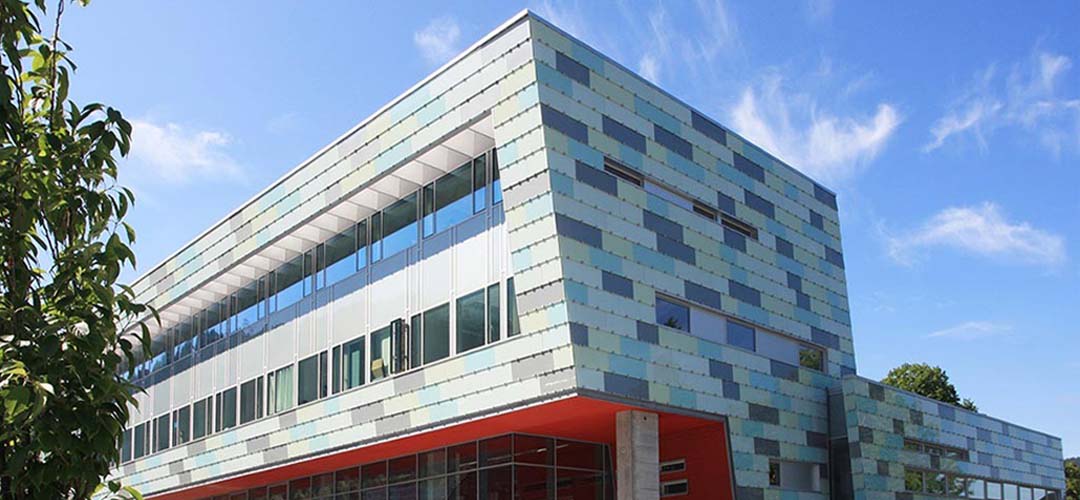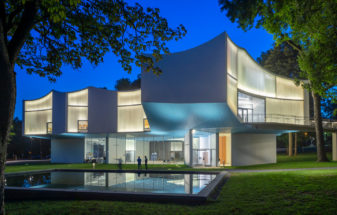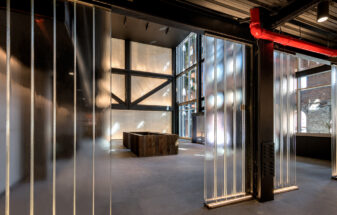5 Ways Glass Rainscreens Can Benefit Your Building
Building facades take on the daily brunt of the elements, contribute to efficiency of the building and health of the occupants, and say a lot about the value and image of the property. How exteriors look and function matters.
When it comes to damage to exteriors, moisture is the main culprit. Various forces are at play (kinetic, pressure differences and capillary action) seemingly searching for points of entry for water. Damage overtime is inevitable, unless the facade is adequately protected. A rainscreen is one of the earliest design methods used for facade protection and has been used extensively in Europe and Canada. It is time we take a closer look at rainscreens in the U.S.
Simply put, a rainscreen envelopes the building exterior and, by creating a ventilated and drained cavity between the facade and the rainscreen cladding, prevents moisture from getting through. This simple design has many benefits, and a few are described here.
- Protection from the elements is the most obvious advantage. If no moisture is making its way through micro-cracks, joints, gaps and porous surface materials, there is less danger of rot, mold, corrosion and other degradation problems. Maintenance needs and costs are reduced and the life of the facade is extended.
- Rainscreens modernize and rebrand the building in one swift motion. Many structures from the middle to end of the 20th century were built with materials whose expiration date came and went, and their facades will likely require a combination of repair and replacement solutions. Once the necessary fixes are made to ensure the building is structurally sound, a rainscreen will transform the entire shabby facade and protect it for years to come, unlike repainting, fixing masonry or other relatively short-term aesthetic solutions.
- Over-cladding allows for preserving and reusing the already built environment rather than demolishing structures and consuming resources to build anew, a strategy both cost-effective and sustainable.
- Perhaps, one of the most important benefits of rainscreens for retrofits is that their installation takes place almost entirely on the outside, allowing the building’s tenants to continue their daily routines without interruption.
- Rainscreens made of glass offer some particular advantages. Thanks to its non-porous surface, glass is particularly weather-resistant, durable and easy to maintain. It is also non-combustible, a big plus for any building, but especially for areas with strict fire codes. Technology advances in glass make limitless decorative options possible, opening up creative and branding opportunities unlike any other material. Transparent and semi-transparent glass rainscreens allow the building to keep all of its daylighting capacity, and bird-friendly glass patterns address the growing concern in the design community for deadly bird crashes into reflective building surfaces.
By Said Elieh, Director of Technical Design & Product Manager for Bendheim Wall Systems Inc. First published on Buildings magazine’s Buildings Buzz blog.
Bendheim is one of the world’s foremost resources for specialty architectural glass. Founded in New York City in 1927, the fourth-generation, family-owned company offers a virtually unlimited range of in-stock and custom architectural glass varieties. Bendheim develops, fabricates, and distributes its products worldwide. The company maintains production facilities in New Jersey and an extensive showroom in New York City




